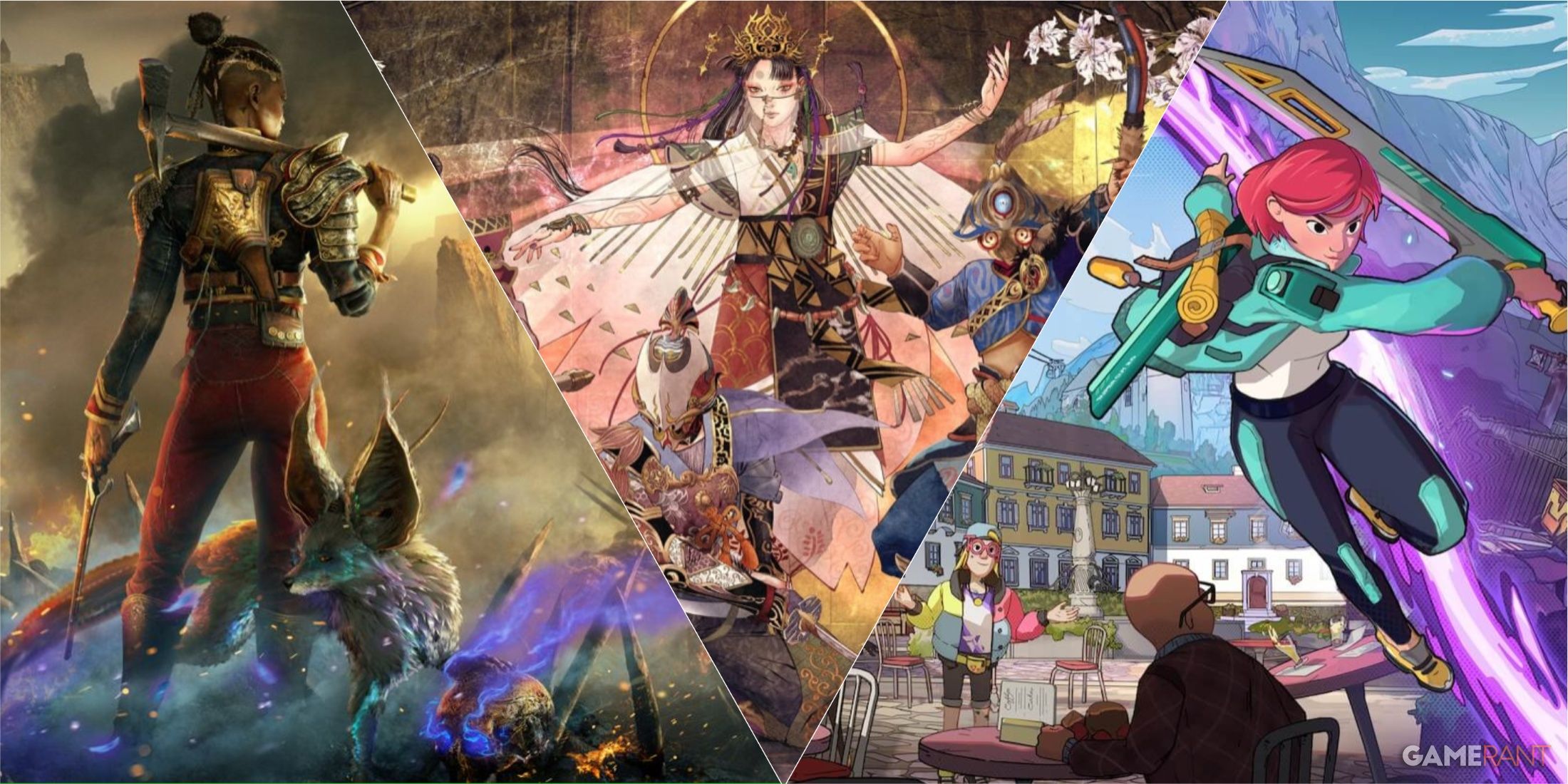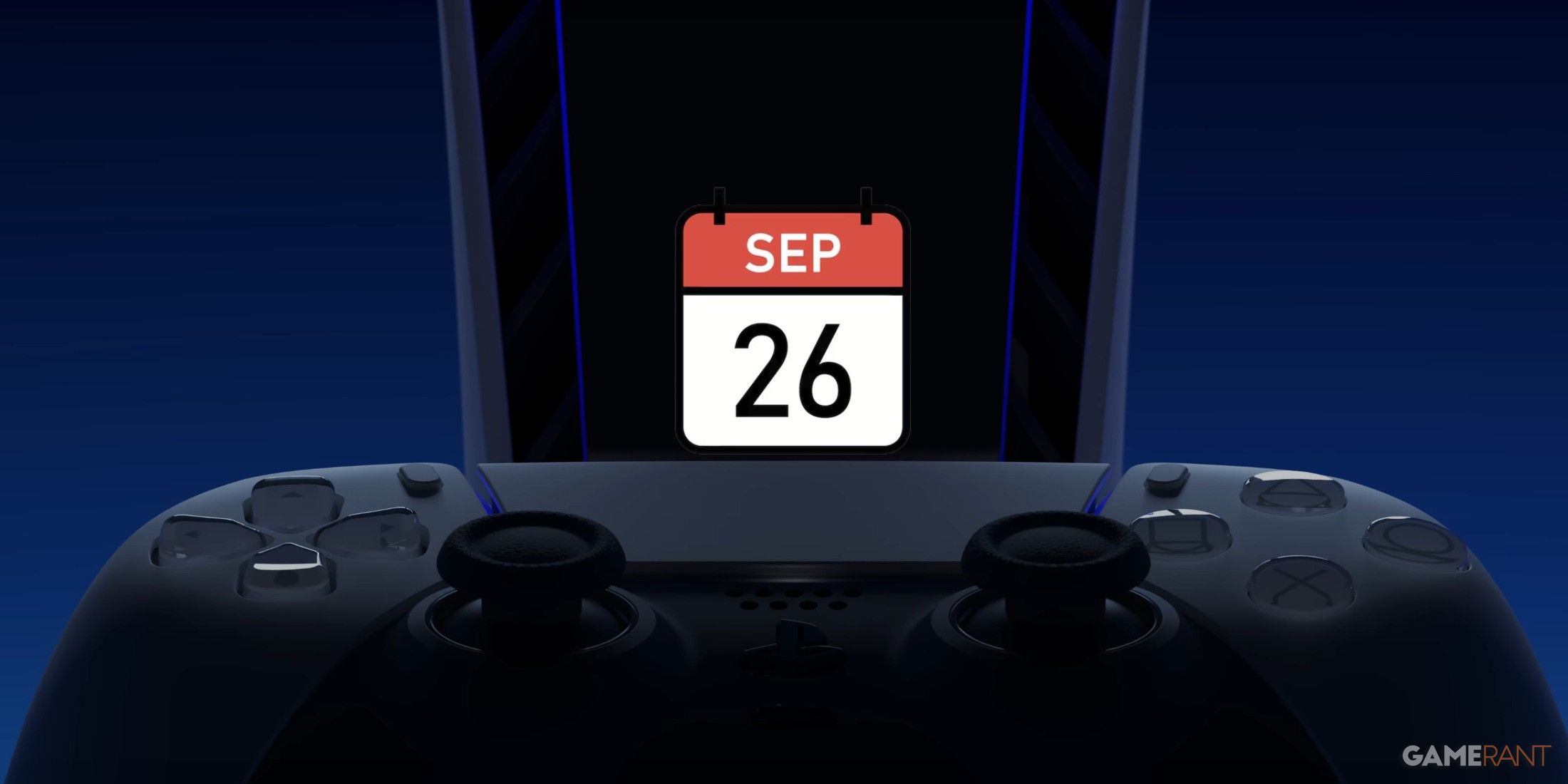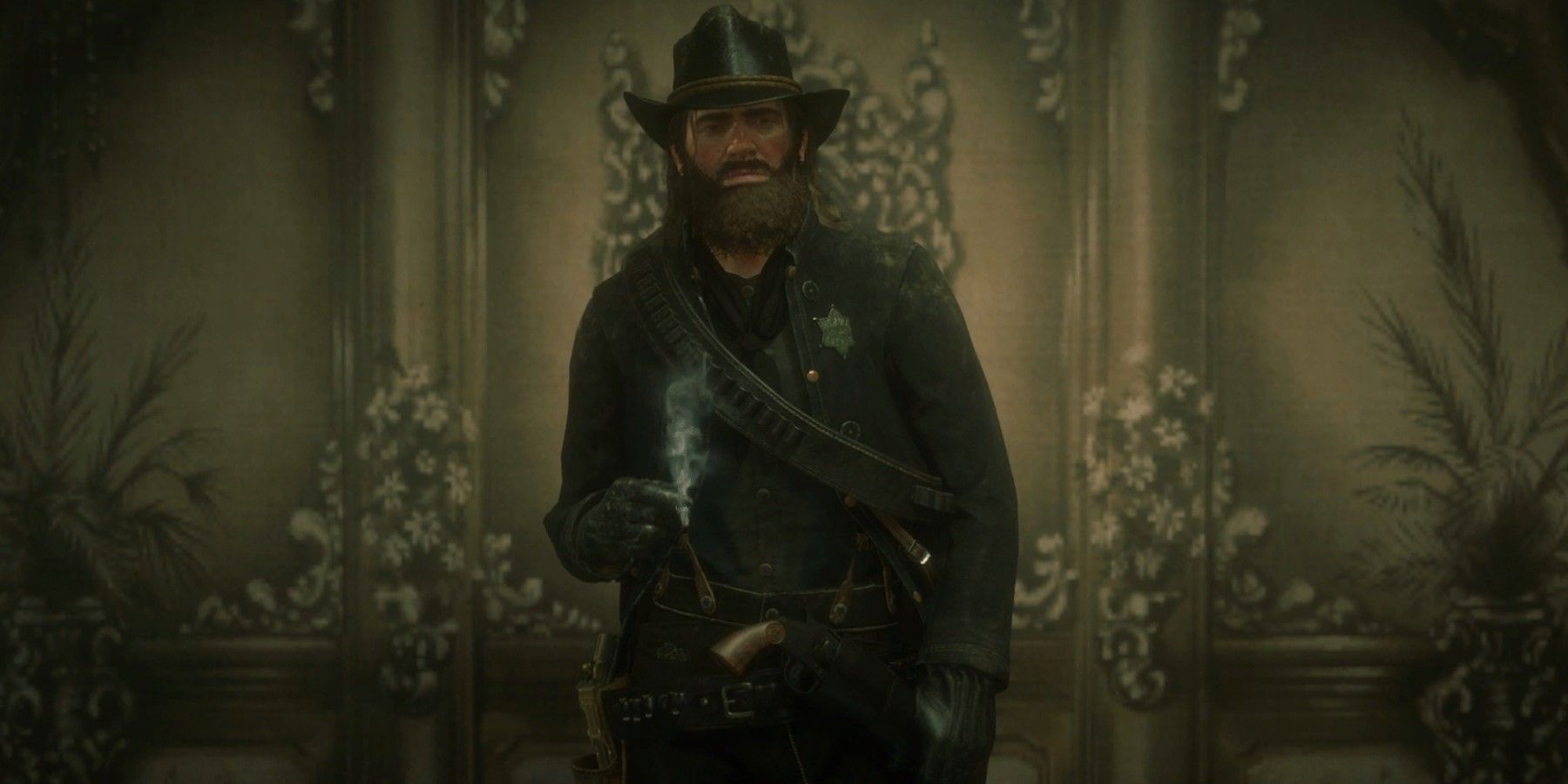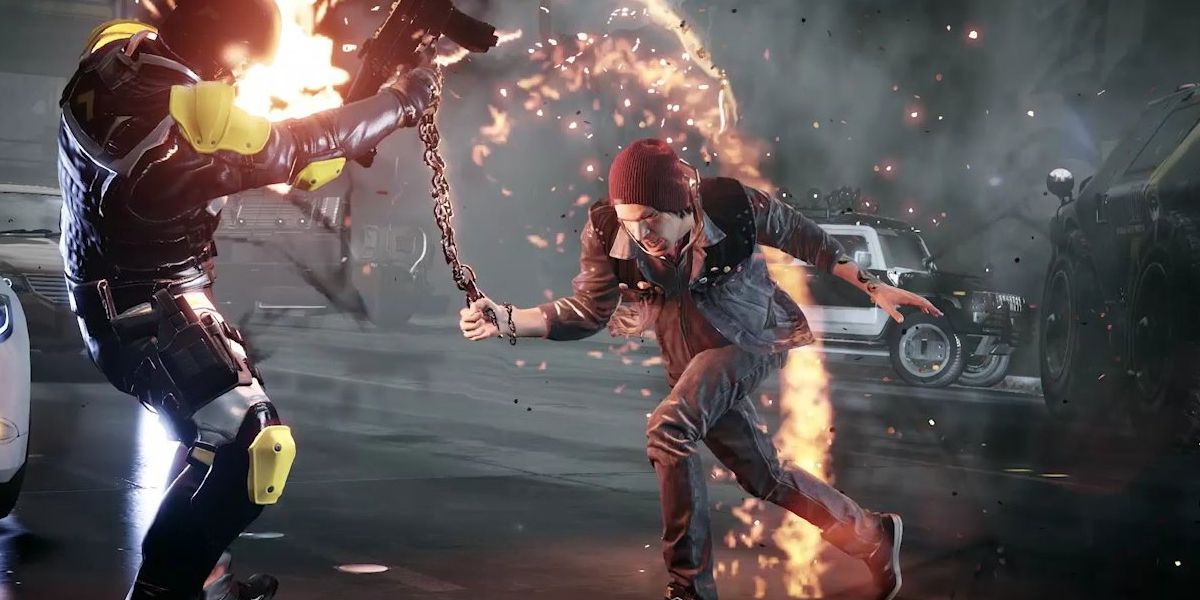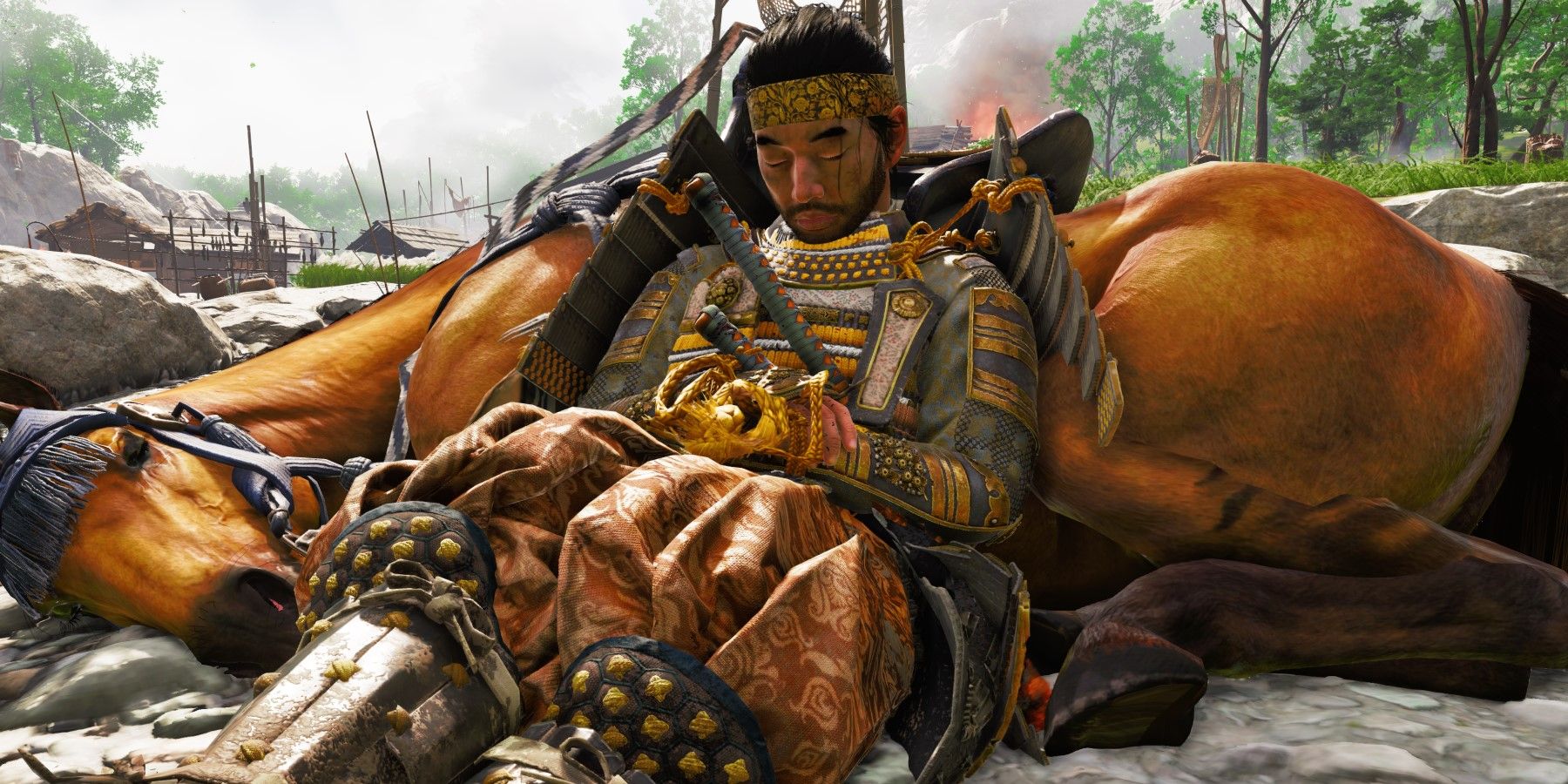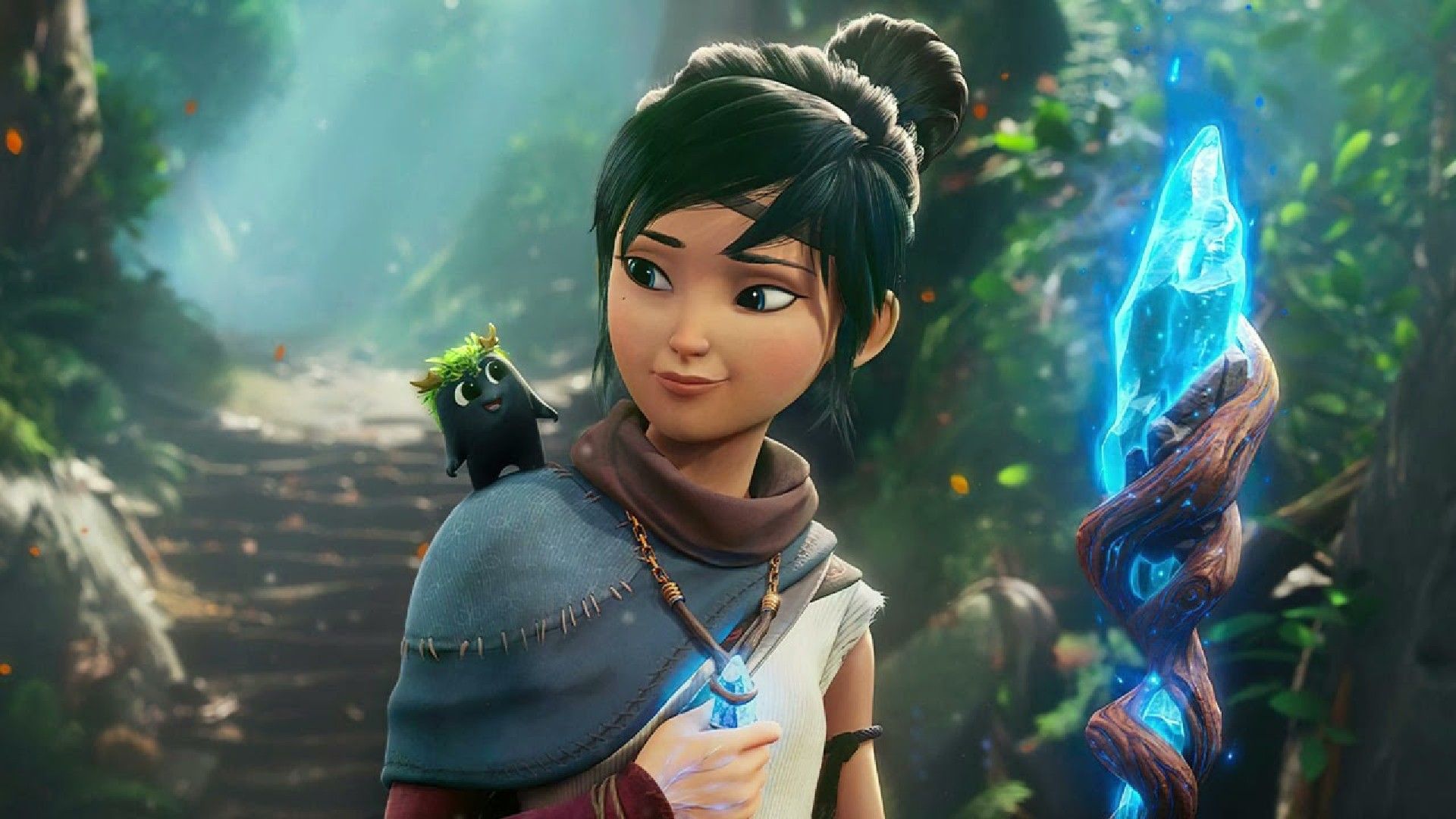Hideo Kojima is a legendary figure in gaming, and when he talks, the gaming world listens. In 2021, Kojima leaped onto Twitter and made some bold statements regarding virtual photography. He acknowledged that many people are dismissive of the idea of virtual photography in video games, but he was adamant that it is a genuine hobby worthy of being taken seriously, and he also argued that gamers can take everything they learn with virtual photography and apply it to real-world photography.
Although many would disagree with Kojima, it is undeniable that virtual photography is growing increasingly popular. The inclusion of a photo mode is almost a default feature in games, and gamers around the world post hundreds of virtual photographs online every day. In 2020, Forbes named Red Dead Redemption 2 gaming's most popular photo mode, with over 165,200 images posted to Instagram alone. Today, virtual photography may be a niche interest, but as games like Red Dead Redemption 2 demonstrate, it is well on its way to becoming a mainstream trend.
The Origins of Virtual Photography
There are conflicting answers to the question of what is the first video game. Some argue that the physicist William Higinbotham created the first video game in 1958, and it was similar to tennis. Others claim that the first video game came in 1967 with Ralph H. Baer, who is also known as the "Father of Gaming," as he created the Magnavox Odyssey, which is considered the world's first video game console.
Regardless, none of these games were graphically impressive, and it was not until the 1980s that developers were able to simulate 3D graphics. Gamers would have to wait until the PlayStation 1 era before truly mind-blowing 3D graphics became mainstream, and this was shown off by games such as Wipeout. With the PlayStation 2, games such as Grand Theft Auto 3 were released that introduced gamers to fully 3D open worlds to explore, but it would not be until years later that photo modes would become a mainstream feature.
There are a few games that have allowed players to take pictures in-game, but the photo mode as it is known in modern-day has its beginnings with Sucker Punch's Infamous series. In an interview for the PlayStation Blog, the studio's senior software engineer, Matt Durasoff, claimed the idea for photo mode in Infamous Second Son came from fans, and it was easy to implement because the ability to manipulate visuals was already present and "it was only a matter of creating an interface for them." The inclusion of photo mode proved to be a wise choice for Sucker Punch, because every time gamers shared amazing screenshots online, Infamous Second Son got free advertising.
Games Look Better Than Ever
A camera is useless if nothing is interesting around to snap at, and the same logic applies to virtual photography; using photo mode simply is not worthwhile when there are no captivating subjects to photograph. Fortunately, as time progresses, video game graphics steadily improve, giving gamers more reasons than ever to waste hours in photo mode.
Recent times have seen the release of video games that make full use of the technology available to present stunning visuals that seem designed for photo mode. This is seen, for instance, with titles such as Ghost of Tsushima, which features picturesque natural landscapes bursting with colors. Wind plays a prominent role in the game, hence players can manipulate how much wind is blowing in the image and what particles are being carried by the wind. With enough adjustments, players can have Jin posed with a sword at the edge of a cliff as fireflies are blown by the wind in the background and a pale full moon glows over them. The fact that the game allows players to put on some soothing music as they use photo mode suggests that Sucker Punch knew that gamers would be spending an inordinate time with the feature.
Similarly, Kojima Production's Death Stranding presents gamers with several picture-perfect scenes. The protagonist, Sam Bridges, is tasked with making deliveries in a dystopian America. Although the landscape is barren, it possesses an austere, sublime kind of beauty that very easily takes one's breath away. After an arduous climb to the top of a mountain, it is impossible to resist the temptation to snap a photo of the photorealistic view.
Games Are Getting Better Photo Mode Options
Infamous Second Son was released in 2014, and it was among the first games for the PS4 which hit shelves in November 2013. Its photo mode comes with a host of nifty options, allowing players to rotate the camera, adjust the depth of field, alter focal distance, and change the field of view. While this was impressive at the time, photo modes have come a long way since then, and they now feature far more options.
When it was released in 2019, Days Gone was panned by many critics for being just another zombie game. However, since then, the game has received newfound appreciation, and some argue that the game is underappreciated. Although the zombie theme might be too cliché for some, it is hard to deny that the game has a robust photo mode. All the basic features are there, including the ability to adjust the tilt, contrast, and brightness. There are also more advanced options that allow gamers to frame photos, fine-tune color grading and bloom, and make Deacon strike a pose.
Feature-filled photo modes are not limited to AAA games, however, and they can also be found in indie games and games with small development teams. This is seen, for instance, with 2021's Kena: Bridge of Spirits, which is developed by Ember Lab and features a whimsical fantasy realm for Kena the spirit guide to explore. The photo mode allows players to unleash their creativity. Players can keep things simple and leave Kena and her Rot companions frozen while they adjust the filter, grain, exposure, and aperture, or they unfreeze Kena and her Rot friends, which allows players to put Kena in various poses. If Kena is near certain NPCs, they will pose too.
Gaming provides countless breathtaking moments, and with virtual photography, gamers can share these moments with friends and with the rest of the world. Slowly but surely, photo modes in video games are beginning to mimic the features one would expect to find on professional cameras. This, combined with the fact that video games look better than ever, suggests that virtual photography will become an increasingly popular activity.


